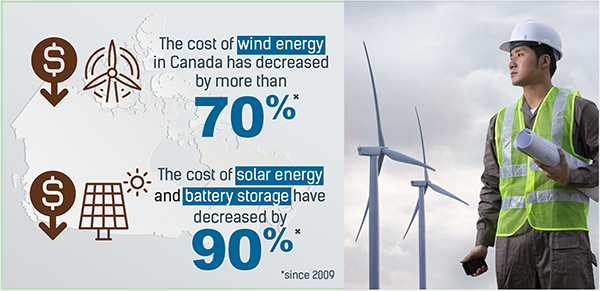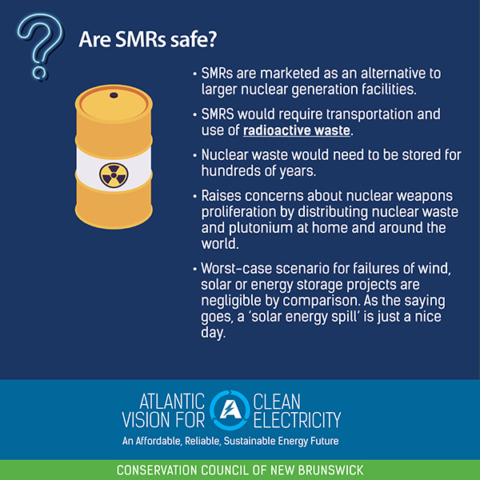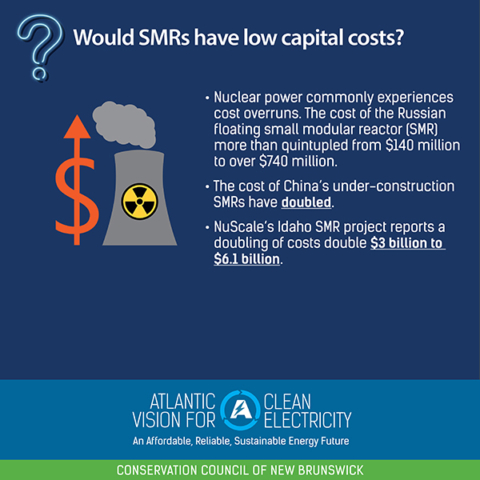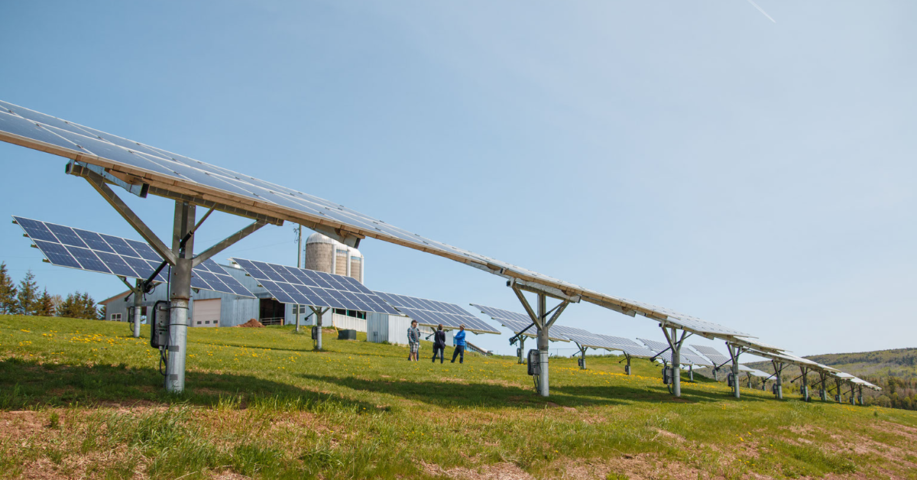By Louise Comeau, Daniel Nunes, Stephen Thomas
In his latest State of the Province address, Premier Higgs announced a $20-million investment in ARC Canada’s small modular nuclear technology, a proposed solution to climate change that the Institute for Climate Choices (CCIC) calls a wild card.
New Brunswick has a history of wild-card investments that fail to deliver. Why not hedge our bets and accelerate investment in what the CCIC calls “safe bets”? According to CCIC, safe bets deliver cost-effective greenhouse gas reductions now through investments that emphasize energy efficiency, switching to clean, affordable renewable energy, and shifting to electric vehicles.
Proponents of new experimental nuclear technologies like Small Modular Nuclear Reactors, or SMRs, minimize their wild card nature by pretending to be safe bets.

SMR technology is not a safe bet. There is currently only one operational SMR. This reactor, which is described as a “working prototype”, is located on a barge in Russia. This prototype took more than a decade longer to produce than was initially estimated and similar delays have been observed in experimental projects being developed in Argentina and the UK. Projects slowly move forward in the US.
Proponents market SMRs as a safer alternative to larger nuclear generation facilities, yet they still produce dangerous radioactive waste. Waste that we need to continue to pay for, and ensure the safe storage of, for at least hundreds of years, and potentially in more locations than is the case today.

According to Natural Resource Canada’s Small Modular Nuclear Reactor Roadmap, we could wait until 2030 or later to see electricity on the grid from these experimental projects. To act on climate change, and to hold global heating to no more than 1.5°C, New Brunswick needs to phase out fossil fuels from our electricity system by 2030 or sooner.
Meanwhile, wind, solar and energy efficiency are proven technologies with hundreds of projects across all scales, applications and geographies in Canada. Right now, wind and solar are the most affordable form of electricity on Earth. Five times cheaper than coal, five times cheaper than traditional nuclear, and three times cheaper than natural gas.*
Although large amounts of wind and solar need to be paired with ‘firming’ resources and technologies, those solutions are also readily available. Transmission connections with our neighbours that use existing hydro power, and increasingly cost-effective storage technologies are available or nearly so.

Why roll the dice on costly, unproven technology like SMRs when we can choose proven clean electricity options that ensure the affordable, reliable, sustainable pathway that New Brunswickers deserve.
*These values are the mid-point averages from the ranges given in the recent Lazard 14.0 https://www.lazard.com/perspective/levelized-cost-of-energy-and-levelized-cost-of-storage-2020/
Read our factsheet: Mythbusting The Claims from Nuclear Energy Proponents
Part of the Conservation Council of New Brunswick and Ecology Action Centre’s Atlantic Electricity Vision Project.
This article appeared in the New Brunswick Telegraph-Journal on Wednesday, Feb. 24, 2021

